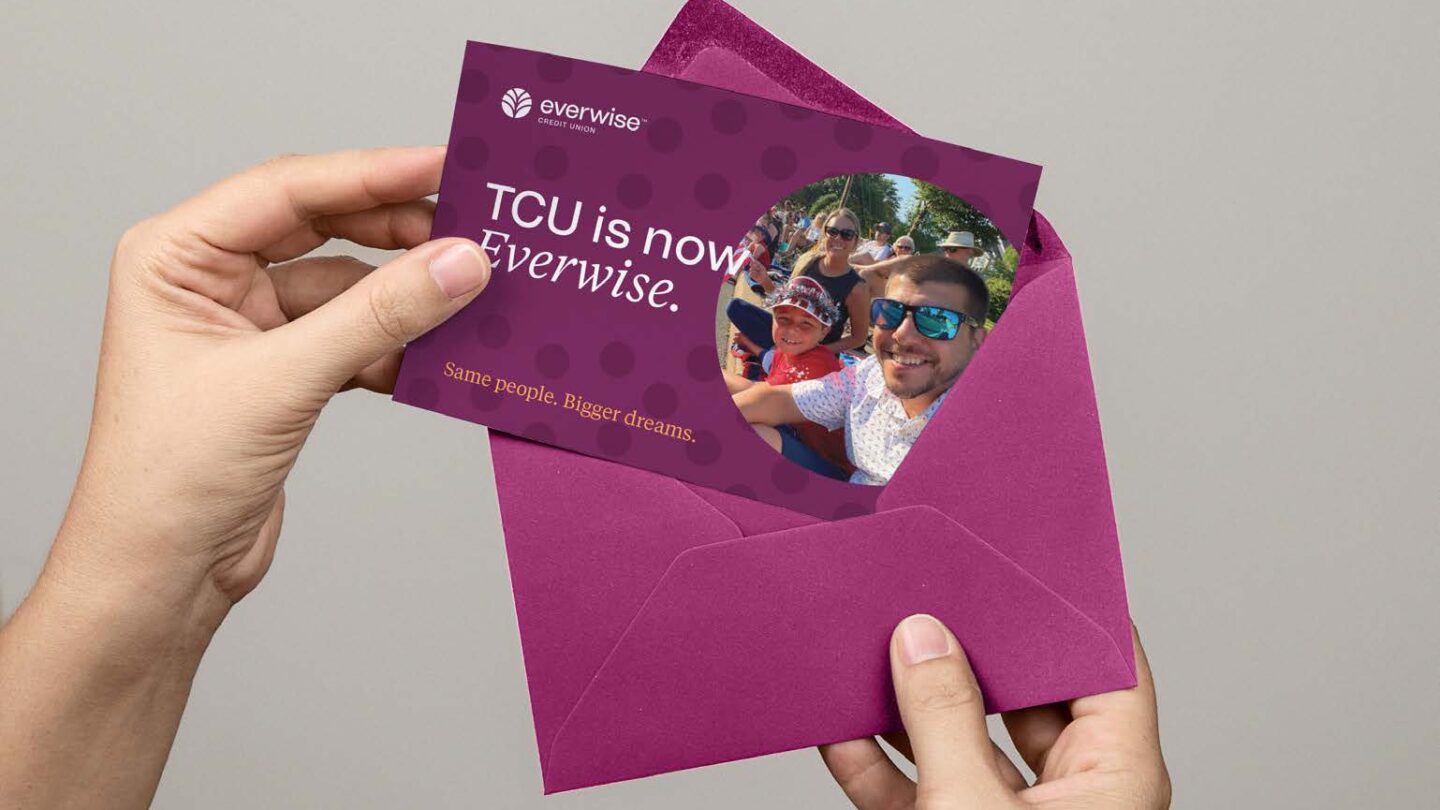Brand Relevance
One of the biggest challenges for any company is brand awareness. The need for brand visibility is so universal that a recent survey of companies in the U.S. and Canada finds that 55% of them say that not enough brand visibility is one of their biggest obstacles in business. But that very same survey finds that nearly an equal percentage – 53% of companies – report that they have limited time and resources for brand activities. The reality is that a company’s brand represents an opportunity or an impediment for their business to grow, and rebranding provides a way to jumpstart a journey toward growth.
“Rebranding, if done correctly, is the opportunity to accelerate enterprise-wide growth,” according to the Forbes Council article Please, Oh Please, No Acronyms When Rebranding – Pack That New Name With Meaning. “It is the strategic move to update your story, to re-present yourself to customers and your industry, to energize attention toward your business purpose.” While people may have the inclination to skip to the end of the rebranding process to begin reaping the benefits, taking shortcuts with renaming – especially by shortening a brand name to an acronym – can present its own set of problems.
Name Ownability
It’s well known that a brand name is important. In fact, it’s the single most important asset of a brand. It’s a brand’s calling card – creating connections with people by building memorable brand experiences. Many organizations become aware that their brand is limiting their growth, and they’re looking for a quick fix. The impulse to just move to an acronym is understandable, because it seems there might be some equity in the initials, and it’s the path of least resistance with internal stakeholders. But an acronym won’t solve the deeper problem for a brand, which is ownability of a name, and often creates even more marketplace and consumer confusion.
Brand Acronyms
With acronyms, brands move from a name that is limiting to another name that is equally limiting, but in a different way. It’s limiting for geography, for membership group and customer base or in some cases in growth strategy. For example, if a company is moving from an entirely consumer-focused base toward becoming a more business-first financial institution, a name that highlights “farmers” no longer represents the organization and its future. But an acronym won’t solve that challenge, because it doesn’t have distinction and can catapult an organization into unwittingly competing with other acronym-based brands, like sports teams, for example.
Another significant concern with moving toward an acronym is that if an organization had positive affiliation with their master brand, they lose any of that equity by shortening the name to a series of letters. The new name no longer carries any relation to the original brand and requires a whole new marketing effort around making the new acronym distinctive. That’s because more often than not, the word that doesn’t carry any meaning. Simply put: acronyms are difficult to remember. There is a lack of stickiness in the name. Further, it’s a linguistic reality that humans will try to make words out of an acronym – an easier to say short hand – and that may have unintended consequences, like sounding like something else entirely.
Naming & Brand Strategy
Brand names that are shortened to an acronym have a huge opportunity cost to brands. Acronyms are not tied to a brand strategy – a brand’s proposition, principles or promise that reflect an organization’s soul. With an acronym, brands are losing the opportunity to communicate those essential brand values to not only current employees and customers, but to the prospects every growing organization has. With rebranding and renaming, new names should be focused on core purpose and be designed with “meaning in mind,” as Forbes advises. As successful rebrands show, that deeper meaning results in a rallying cry for the brand and provides a unifying force going forward.
Even more, consumer change is an essential consideration for brand strategy and developing a meaningful name. It’s true that consumers today are looking for something different than they were in the past, and that will certainly be the same two, five, and ten years from now. In 2034, consumers will undoubtedly be looking for something different than they are seeking 2024. Yes, consumer needs are evolving and generations are shifting. But that doesn’t mean brands should chase trends. Rather, the ability for a brand to be both timeless and relevant all at once empowers organizations and captures their soul – their purpose, their position. All of that would be lost if brands change their name to just letters based on the idea that it’s easy and it’s simple.
Stay tuned for Part II of Renaming for Relevance where Juliet will address the strategic process for name change. To learn more brand and marketing strategies that can get your bank or credit union ready for growth, or to speak with one of Adrenaline’s experts, contact us today.
Adrenaline is an end-to-end brand experience company serving the financial industry. We move brands and businesses ahead by delivering on every aspect of their experience across digital and physical channels, from strategy through implementation. Our multi-disciplinary team works with leadership to advise on purpose, position, culture, and retail growth strategies. We create brands people love and engage audiences from employees to customers with story-led design and insights-driven marketing; and we design and build transformative brand experiences across branch networks, leading the construction and implementation of physical spaces that drive business advantage and make the brand experience real.






